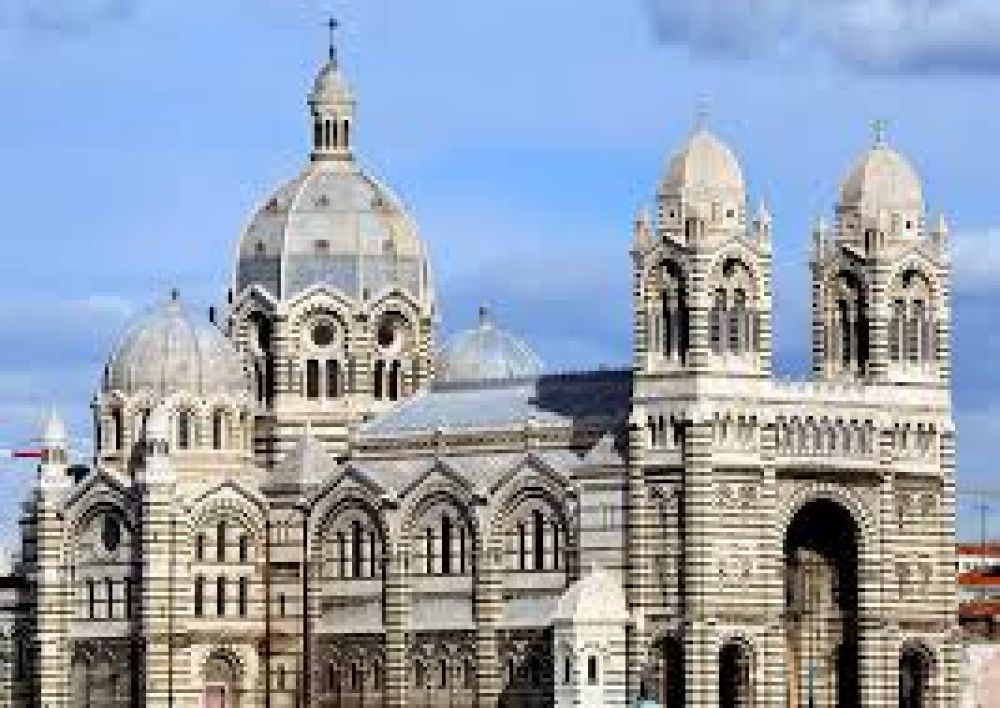

The Cathédrale Sainte-Marie-Majeure, commonly known as Cathedrale La Major, is one of the most iconic landmarks in Marseille, France. This grand cathedral stands as a testament to the religious and architectural history of the region. Its construction spans several periods, with the present structure dating back to the 19th century, built between 1852 and 1896 on the plans of architect Léon Vaudoyer. Cathedrale La Major has been a historic monument since 1906 and is an important symbol for the people of Marseille.
Tourism at Cathedrale La Major has a rich history, with the influx of visitors dating back to its inception. During the early 20th century, it was already a pivotal attraction, showcasing its Romanesque-Byzantine architecture to the world. After World War II, and with the advent of modern travel, there was a significant increase in the number of tourists visiting the cathedral.
In the later part of the 20th century, efforts were made to preserve the cathedral and thus maintain its appeal as a tourist attraction. Its strategic location near Marseille's bustling port means that it's often one of the first landmarks visitors see upon arrival by sea.
The beginning of the 21st century saw an increase in cultural tourism in Marseille, with Cathedrale La Major becoming a focal point for visitors interested in the city's rich cultural heritage. In 2013, Marseille's status as the European Capital of Culture further boosted the cathedral's visibility and popularity among international tourists.
The latest tourism trends at Cathedrale La Major revolve around offering immersive and educational experiences. Modern visitors are looking for more than just sightseeing; they want to engage with the history and culture of the places they visit. To this end, the cathedral now offers guided tours, including details about its architecture, art, and the role it has played in the life of Marseille's residents over the centuries. Additionally, there has been a push to integrate digital technology, such as augmented reality experiences to enrich the visitor experience.
Another emerging trend is the focus on sustainable tourism. Efforts are being made to preserve the cathedral and its surroundings to ensure that it remains a viable attraction for future generations. This includes managing the flow of visitors, especially during peak seasons, to mitigate any potential damage to this historic monument.